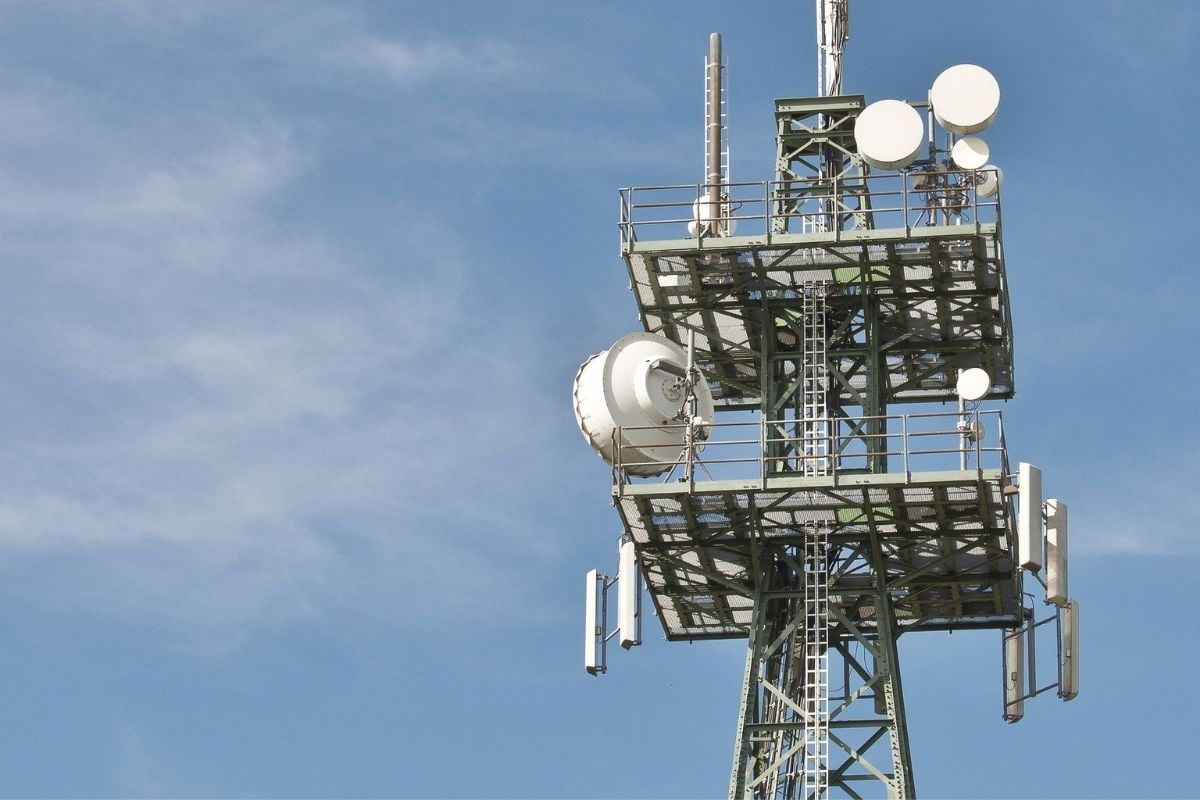
The telecom sector of India is majorly expecting a reduction in levies from the upcoming budget. There might not be a lot of emphasis on 5G from a budget point of view as the technology is still being developed. But the telcos will expect a huge reduction in the reserve price of the spectrum bands.
Telcos have time and again requested for the levies to be reduced. Further, the industry wants the removal of the Universal Service Obligation Fund (USOF) from the License Fee (LF). Currently, the LF for the telcos is 8% of the adjusted gross revenue (AGR). Out of this 8%, USOF liabilities comprise 5%, and the remaining 3% is the normal license fee. The telcos have requested the LF to be reduced to 1% from the 3% and the removal of mandatory contribution to the USOF.
“For Budget per se, major decision on 5G might not be seen, but any decision on rationalising levies, including USOF fee, could be a monitorable,” said ICICI Securities in a note.
“While the government had addressed a majority of the high-impact issues and has also indicated another round of reforms to be announced, the industry seeks a reduction in the levies (mainly license fee and spectrum usage charges) to ease the financial burden on the sector,” said ICRA.
Govt Should Issue Clear Guidelines or RoW Related Issues
The Right-of-Way (RoW) related issues in the telecom industry were a considerable problem for 4G. But with 5G, the RoW issues seem bigger and needs immediate addressing from the government.
To expand the infrastructure rapidly for rolling out 5G services, the telcos need the presence of uniform RoW guidelines in each state. This is an area where the government needs to focus on.
“Steps to boost infrastructure in rural and remote areas should remain in focus, with stimulus for increasing broadband penetration. Also, clear guidelines for right of way related issues to expand infrastructure is also a crucial aspect that government will have to look into, given the advent of 5G,” ICRA added.
Even the Cellular Operators Association of India (COAI) has called for an urgent need for the alignment of the state RoW policies with that of the Indian Telegraphy RoW rules 2016. Different states charge different amounts of money from the operators to lay optical fibre, which impacts the network and services rollout cost significantly.
Further, there is a need for faster clearance of RoW permissions. This way, the communication service providers (CSPs) can rollout network and connectivity services in rural and remote/backward parts of India in a faster manner and help with bridging the digital divide.















